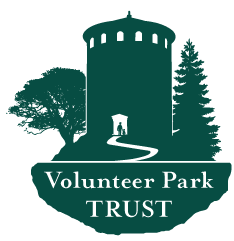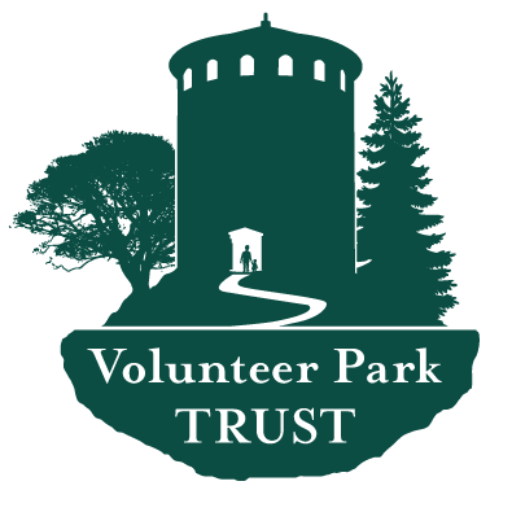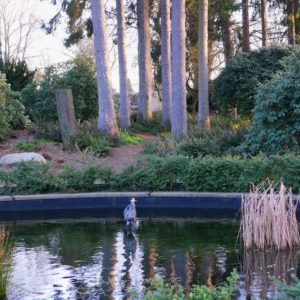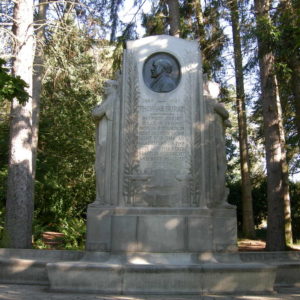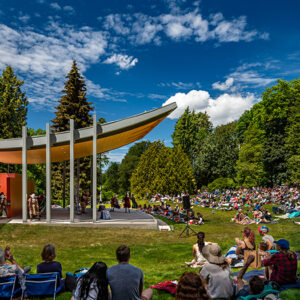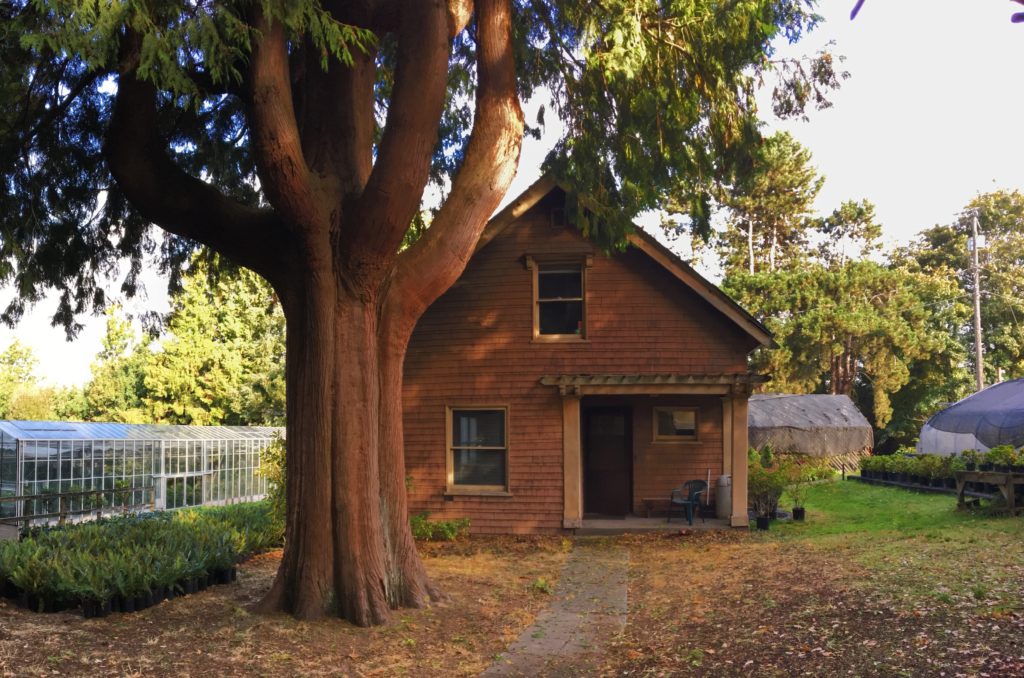
The Keeper’s Lodge, built in 1910, is a charming example of Craftsman architecture and is still used by Seattle Parks and Recreation for offices and crew quarters.
Audio Player
The area behind and to the west of the conservatory was planned as the “working” part of the park. The Keeper’s Lodge, built in 1910, is a charming example of Craftsman architecture and is still used by Seattle Parks and Recreation for offices and crew quarters. Likewise, the outbuildings and maintenance facilities along the north border of the park are used extensively for landscape maintenance and plant propagation activities.
The carriage drive was originally accessed from the Concourse and from vehicular entrances at East Highland Drive and 11th Ave East. In 1972, the Highland and 11th Avenue entrances were closed to vehicles.
The drive is now open only occasionally to cars, but it was intended as part of the vehicular circulation plan for the park. The drive offered access to views in the western side of the park. As you move along the drive, you will notice views through the trees. Trees planted in the distance create the illusion that the park landscape extends far into the distance. This increases the feeling that the park is an oasis from the hubbub and noise of the city.
Other things to see at the park
Lily Ponds
Two lily ponds flank the terrace along the west side of the Concourse.
The Burke Memorial
Judge Thomas Burke was an important civic leader in Seattle.
The Amphitheater
The performing arts have been part of Volunteer Park’s history since the first concert grove was constructed in 1910.
